British Researchers Make Lighter, Cheaper, Longer Lithium-oxygen Batteries

Researchers at the University of Cambridge say they’ve created a lighter, cheaper, longer lithium-oxygen battery that could eventually rival gasoline engines in electric vehicles in terms of range and weight, Automotive News reported.
The scientists announced that they had created a working prototype of an “ultimate battery” that could be up to 10 times more energy-dense than lithium-ion batteries. They said the battery, to date, could be recharged more than 2,000 times.
The lithium-oxygen batteries could eventually replace lithium-ion batteries in electric vehicles and offer a range similar to gasoline engines, but researchers say that could be more than a decade away.
“What we’ve achieved is a significant advance for this technology and suggests whole new areas for research — we haven’t solved all the problems inherent to this chemistry, but our results do show routes forward towards a practical device,” Professor Clare Grey said in a statement announcing the battery.
According to researchers, the demonstration lithium-oxygen battery still presents significant real-world hurdles including only cycling in a pure oxygen atmosphere.
“There’s still a lot of work to do,” Tao Liu, said in a statement. “But what we’ve seen here suggests that there are ways to solve these problems — maybe we’ve just got to look at things a little differently.”
Executives a t Volkswagen and Toyota have said that lithium-oxygen batteries could be significant for EV development, which could enable those cars to increase their ranges by hundreds of miles.
(Photo: Microscopic view of a graphene oxide electrode (black) that hosts the larger lithium hydroxide particles (pink) that form with a lithium-oxide battery discharges. Illustration by Valerie Altounian/Science)

More by Aaron Cole
Latest Car Reviews
Read moreLatest Product Reviews
Read moreRecent Comments
- Tassos Jong-iL This would still be a very nice car in North Korea.
- Jeff One less option will be available for an affordable midsize sedan. Not much can be done about GM discontinuing the Malibu. GM, Ford, and Stellantis have been discontinuing cars for the most part to focus on pickups, crossovers, and suvs. Many buyers that don't want trucks or truck like vehicles have moved onto Japanese and South Korean brands. Meanwhile large pickups and suvs continue to pile up on dealer lots with some dealers still adding market adjustments to the stickers. Even Toyota dealers have growing inventories of Tundras and Tacomas.
- Lorenzo This car would have sold better if there was a kit to put fiberglass toast slices on the roof.
- Lorenzo The Malibu is close to what the 1955 Bel Air was, but 6 inches shorter in height, and 3 inches shorter in wheelbase, the former making it much more difficult to get into or out of. Grandma has to sit in front (groan) and she'll still have trouble getting in and out.The '55s had long options lists, but didn't include a 91 cubic inch four with a turbo, or a continuously variable transmission. Metal and decent fabric were replaced by cheap plastic too. The 1955 price was $1765 base, or $20,600 adjusted for inflation, but could be optioned up to $3,000 +/-, or $36,000, so in the same ballpark.The fuel economy, handling, and reliability are improved, but that's about it. Other than the fact that it means one fewer sedan available, there's no reason to be sorry it's being discontinued. Put the 1955 body on it and it'll sell like hotcakes, though.
- Calrson Fan We are already seeing multiple manufacturers steering away from EVs to Hybrids & PHEVs. Suspect the market will follow. Battery tech isn't anywhere close to where it needs to be for EV's to replace ICE's. Neither is the electrical grid or charging infrastructure. PHEV's still have the drawback that if you can't charge at home your not a potential customer. I've heard stories of people with Volts that never charge them but that's a unique kind of stupidity. If you can't or don't want to charge your PHEV then just get a hybrid.
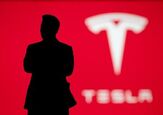














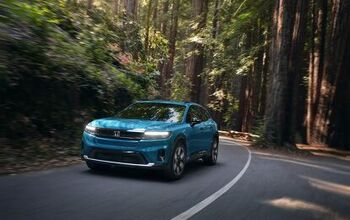


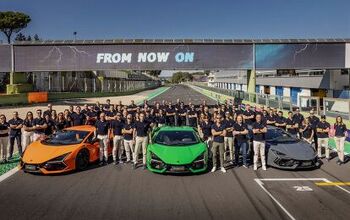




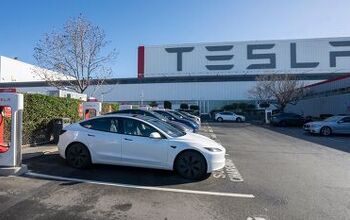


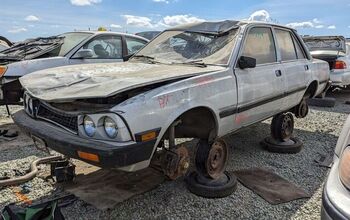





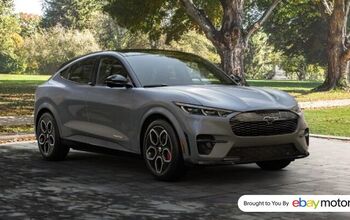
Comments
Join the conversation
So Volkwagen's version will do hundreds of miles more? Are those VW miles, or real miles?
More baby steps with so far to go. Wake me when they come up with di-lithium crystals.